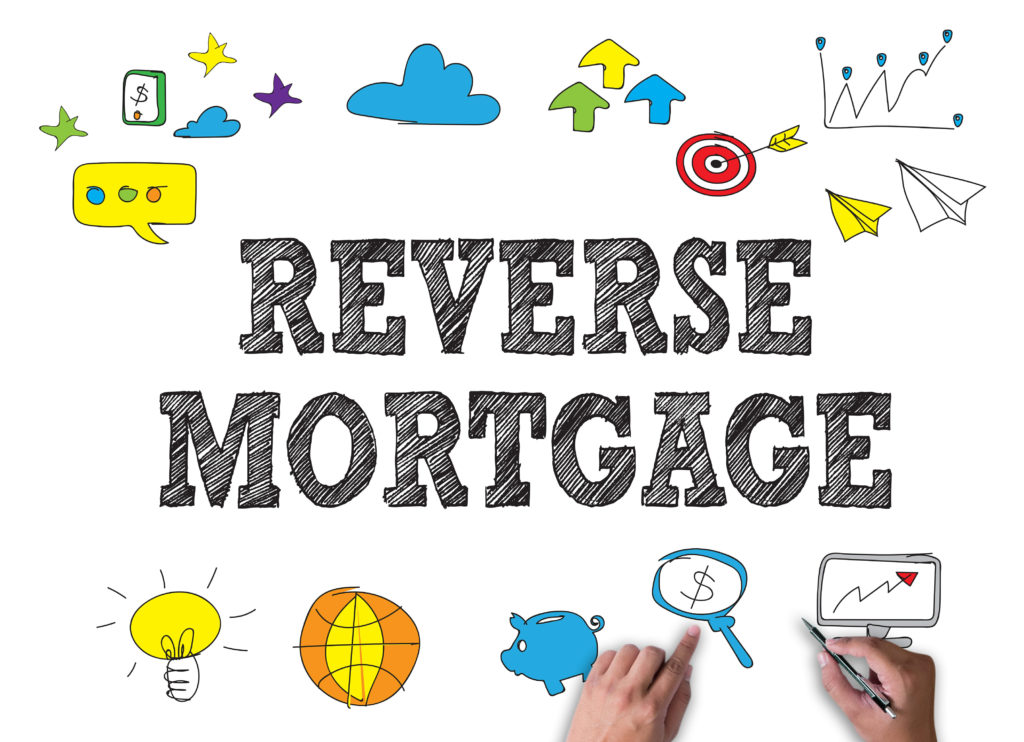Information about retirement home loans may interest you, if you are 62 years of age or soon turning 62. They are called reverse mortgages. You may have heard of them, but you may be confused about how they differ from traditional mortgages or how one can specifically benefit you. Is it even worth while to get yourself into such a mortgage agreement? Let’s find out.
Does a Reverse Mortgage Create an Extra Bill to Pay?
When you are already having cash flow problems during retirement, the last thing you want is an extra bill. That is why a traditional home loan may be a bad idea. You have to pay parts of it back almost immediately and make ongoing regular payments toward your loan balance. That is no way to keep yourself financially comfortable and enjoy your golden years.
A reverse mortgage is a very different type of home loan. The long-term nature of it means you do not owe any portion back immediately. For as long as the home is your main residence, the full balance is usually not due. Only if you violate the loan terms in certain other ways, such as filing for bankruptcy, can it be called in. That means you can spend the money during retirement without any immediate financial repercussions.
What is so “Reversed” About a Reverse Mortgage?
The reason a reverse mortgage is considered reversed is that you can receive monthly cash from your lender. That is in contrast to a standard loan, which requires you to pay ongoing mortgage bills you may receive on a monthly basis. Since you can receive those ongoing payments, it somewhat replaces the income lost when you retire, in a sense.
Can You Qualify for a Reverse Mortgage When You Already Have a Traditional Home Loan?
One big question you may have is does already having a traditional home loan exclude you from reverse mortgage qualification. The answer is no. You can potentially still get a reverse mortgage. However, you cannot maintain both mortgages concurrently. That means you are obligated to pay the traditional home loan balance using some of the money allocated through the reverse mortgage. You must do that almost immediately. Only then can you spend remaining reverse mortgage funds on whatever expenses you want to cover with those funds.
Who Pays Property Expenses When You Have a Reverse Mortgage?
When you have a reverse mortgage, you are still the owner of your home. That means your responsibilities as a homeowner do not change. For example, you must still pay for any maintenance performed on your property. You are also responsible for paying taxes and any other related bills or expenses.
The reverse mortgage agreement allows you to keep your home for the duration of the loan. However, one of the downsides of reverse mortgages failure to meet your responsibilities as homeowner can cause a violation of the loan agreement. For example, if you file for bankruptcy or fail to pay taxes, your reverse mortgage agreement may be voided. If you leave the home permanently, the balance is also called in right away.
What is the Loan Period for a Reverse Mortgage?
A loan period is how long the loan lasts. In the case of a traditional mortgage, that period is usually a few years. It is a set time frame, and the balance is paid back at set intervals during that span of time. A reverse mortgage is different because the loan period is however long you stay in the home, as long as you do not violate the loan terms in any way. Therefore, the loan may last for 10 years or more, depending on the circumstances.
Related Posts
- 6 Ways To Make Your Home Appealing To Potential Home Buyers
When you decide to sell your house, it can be a challenge to find a…
- 2 Steps To A More Beautiful Home
Your home deserves the very best. Simple. But not because you want to wow and…
- Easy 5-Step Facial at Home
How to do a Facial at HomeThese days, life has become so hectic for women…



















